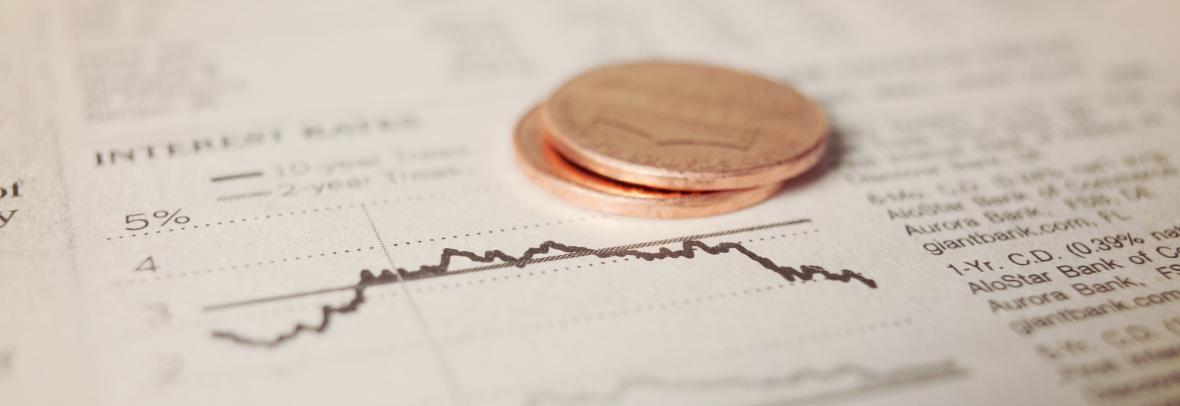
A 30-year, fixed-rate mortgage rose from last week’s 4.67% – up 1.5% in the past three months, the fastest increase pace over that time period since May 1994.
WASHINGTON (AP) – Long-term U.S. mortgage rates edged up again this week with the key 30-year loan rate reaching levels not seen in more than three years.
The average rate on the 30-year loan this week rose to 4.72%, from 4.67% last week, mortgage buyer Freddie Mac reported Thursday. The average rate has jumped 1.5% in the past three months, the fastest pace of increases over that stretch of time since May 1994. A year ago, the 30-year rate stood at 3.18%.
The average rate on 15-year, fixed-rate mortgages, popular among those refinancing their homes, climbed to 3.91% from 3.83% last week.
With inflation at a four-decade high, the increases in home loan rates come a few weeks after the Federal Reserve raised its benchmark interest rate by a quarter point in an attempt to cool the economy. The central bank, which had kept its benchmark rate near zero since the pandemic recession struck two years ago, has signaled potentially up to seven additional rate hikes this year, meaning mortgage rates likely will continue to rise over the year.
Home prices are up about 15% over the past year and as much as 30% in some cities. Homes available for sale have been in short supply even before the pandemic started two years ago. Now higher prices and rising loan rates will add to the obstacles would-be buyers face as the spring homebuying season starts.
Last week, an inflation gauge closely monitored by the Fed jumped 6.4% in February compared with a year earlier, with sharply higher prices for food, gasoline and other necessities the cut into Americans’ finances. Other measures have shown prices rising close to 8% in the past year.
Robust consumer demand has combined with shortages of many goods to fuel the sharpest price jumps in four decades. Measures of inflation will likely worsen in the coming months because recent reports don’t reflect the consequences of Russia’s invasion of Ukraine, which began on Feb. 24. The war has disrupted global oil markets and accelerated prices for wheat, nickel and other key commodities.
Squeezed by inflation, U.S. consumers increased their spending by just 0.2% in February, down from a much larger 2.7% gain in January.
Copyright 2022 The Associated Press. All rights reserved. This material may not be published, broadcast, rewritten or redistributed without permission.
Go to Source
Author: marlam



